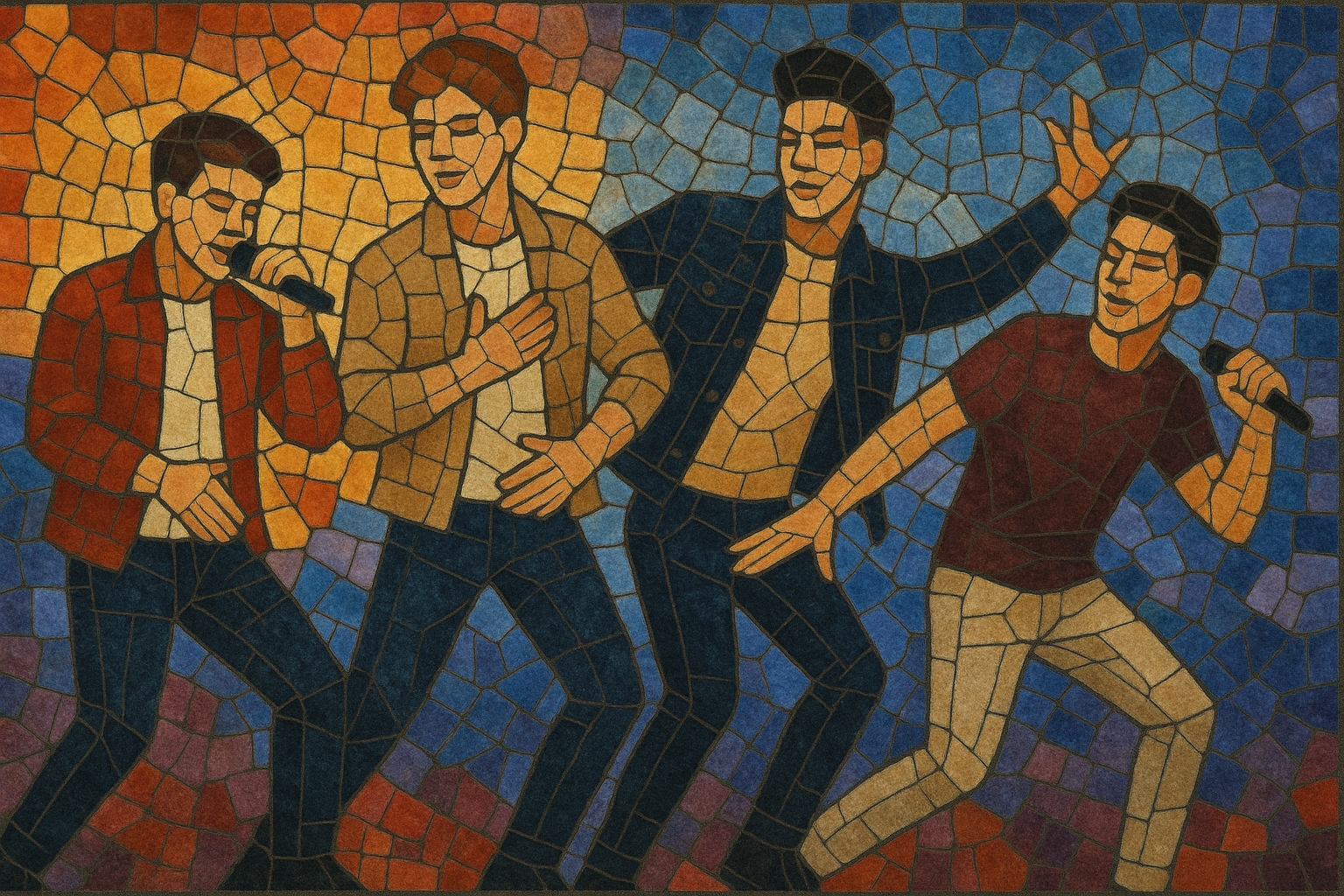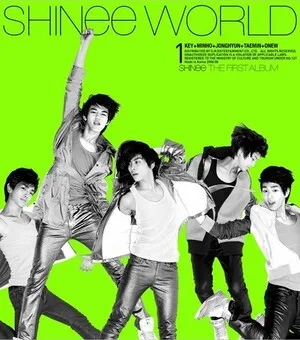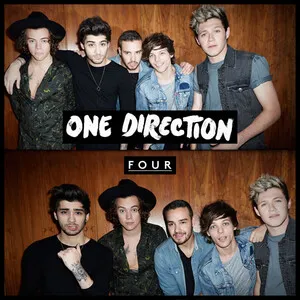Boy band is a pop-oriented vocal-group format built around a small ensemble of young male singers who are marketed as a unit. The music emphasizes instantly memorable hooks, tight vocal harmonies, and polished production, and is typically paired with synchronized choreography and a carefully managed public image.
While individual members often specialize (lead vocal, high tenor, baritone, rapper/dancer), the group identity is paramount. Lyrics center on love, longing, friendship, and aspirational themes, delivered through a mix of upbeat dance-pop tracks and soaring ballads. The sound draws heavily from pop and contemporary R&B and has evolved to incorporate hip hop, EDM, and synth-pop.
The boy band model became a dominant pop vehicle in the late 1980s and 1990s (U.S. and U.K.) and later globalized via the Japanese idol system and the K-pop trainee model, shaping pop markets across East and Southeast Asia and inspiring analogous scenes worldwide.
The roots of boy bands lie in male vocal harmony traditions: 1950s doo-wop, Motown groups, and teen idols. Acts like The Monkees (manufactured for TV) and The Jackson 5 provided templates: charismatic young male singers, catchy pop-soul songs, and mass teen marketing.
The genre crystallized in the United States with New Edition, which fused teen-friendly R&B with pop presentation. Producer Maurice Starr adapted the model for New Kids on the Block, marrying dance-pop, new jack swing, and heavy choreography. This era defined the management- and A&R-driven approach that would dominate the format.
The 1990s saw a transatlantic explosion: Backstreet Boys and *NSYNC in the U.S.; Take That, Boyzone, and Westlife in the U.K. and Ireland. MTV, radio, and teen magazines amplified the boom, while ballads and midtempo love songs broadened radio appeal. In Japan, Johnny & Associates refined the long-term idol group system (e.g., SMAP, Arashi), integrating TV variety, endorsements, and consistent fan engagement.
South Korea’s trainee system (SM/JYP/YG) blended American pop/R&B with rigorous dance training and multi-content branding. First- and second-wave K-pop boy groups (H.O.T., TVXQ, BigBang, SHINee, EXO) professionalized the model with concept-driven comebacks, multilingual releases, and global touring.
One Direction’s rise via televised talent shows signaled a Western resurgence, while BTS’s social-media-forward strategy helped transform boy bands into globally networked fandom phenomena. The format now thrives across markets (Japan, Korea, China, Thailand, the Philippines, Latin America), often mixing hip hop, EDM, and R&B with localized aesthetics. Fan culture, synchronized choreographies, and narrative “eras” remain core to the genre’s identity.








